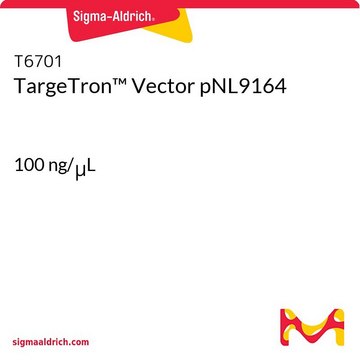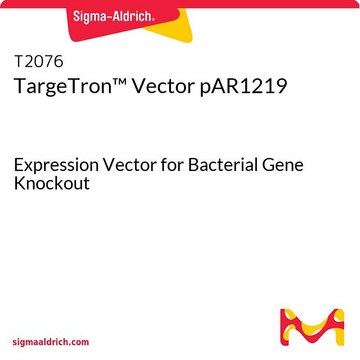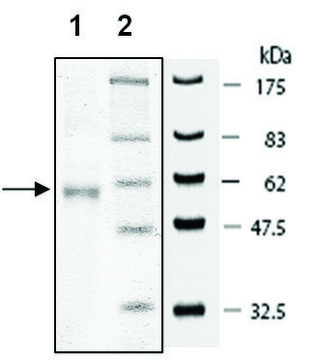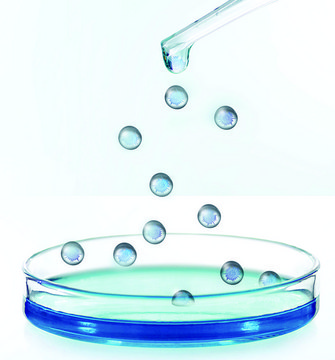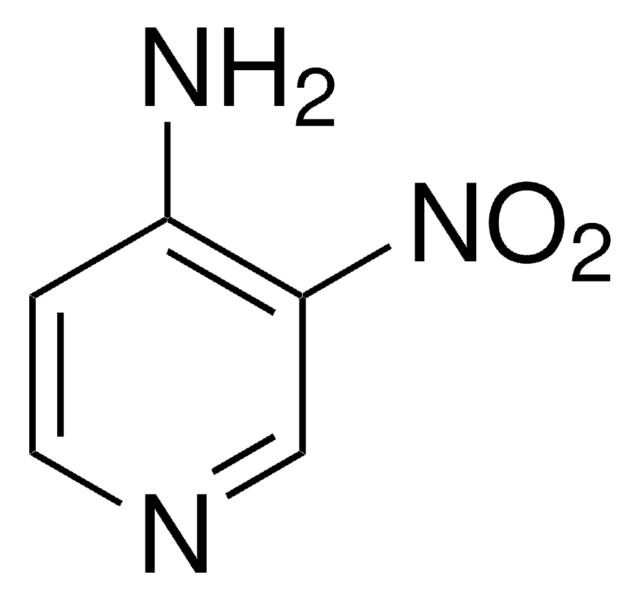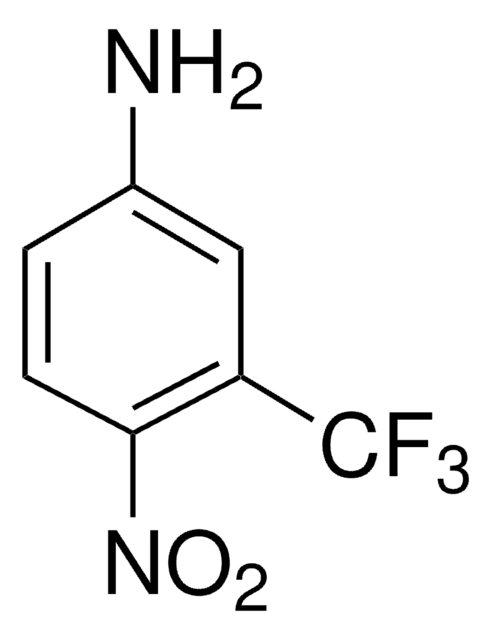TA0100
TargeTron™ Gene Knockout System
Bacterial Gene Knockout
About This Item
Recommended Products
shipped in
wet ice
storage temp.
−20°C
General description
The TargeTron Gene Knockout System provides optimized reagents and protocols for the rapid and specific disruption of bacterial genes by insertion of group II introns. The method exploits the retrohoming ability of group II introns and utilizes a simple PCR step to re-target the TargeTron group II intron for specific insertion into the host genome. Utility of the technology has been demonstrated for prokaryotic genetic engineering, systems biology and functional genomics approaches.
Compared to existing knockout methodologies, the TargeTron system is quite rapid, simple and robust. The process involves loading the target gene sequence into the well-validated TargeTron algorithm on the Sigma website (www.sigma-aldrich.com/targetronaccess), using one or more of the output primer sets to mutate the TargeTron intron template via PCR, ligation of the fragment into the pACD4K-C linear vector, transformation of the host, induction of gene disruption, selection by kanamycin resistance (insertion of activated marker) and screening for the desired knockout.
Gene knockout using the TargeTron system has been validated in a broad range of bacterial strains such as Escherichia coli, Staphylococcus aureus, Clostridium perfringens, Shigella flexneri, Salmonella typhimurium, and Lactococcus lactis. The system may be modified for use in additional organisms.
Each TargeTron kit provides an access card and password for a specified number of designs (3 EA or 10 EA). The password gives the user access to the extensively validated TargeTron algorithm that predicts optimal intron insertion sites and designs primers for mutating the intron to insert into those sites. After selection of one or more desirable insertion points, the required oligos are ordered to begin laboratory procedures using the kit. Reagents in the 3 EA kit are sufficient for 3 designs, 12 reactions. Reagents in the 10 EA kit are sufficient for 10 designs, 40 reactions.
Application
Features and Benefits
Simple, streamlined protocol; Knockouts in 3 days or less
Minimal screening to isolate mutants
>90% successful targeted insertion
No cell conjugation or specific host factor requirements
Components
TargeTron Access card (password for on-line target site selection)
Intron PCR Template
EBS Universal Primer
LacZ Control Primers
pACD4K-C Linear Vector (20 ng/μl)
JumpStart™ REDTaq® ReadyMix®
HindIII 20 U/μl
BsrGI 10 U/μl
10× Restriction Enzyme Buffer
Other Notes
Legal Information
recommended
Storage Class Code
10 - Combustible liquids
Flash Point(F)
Not applicable
Flash Point(C)
Not applicable
Regulatory Information
Choose from one of the most recent versions:
Already Own This Product?
Find documentation for the products that you have recently purchased in the Document Library.
How stable is the knockout using TargeTron, Product TA0100 after several generations?
Data in Lactococcus lactis mutants passaged for 80 generations illustrated that 100% of the mutants were stable.
Which document(s) contains shelf-life or expiration date information for a given product?
If available for a given product, the recommended re-test date or the expiration date can be found on the Certificate of Analysis.
How do I get lot-specific information or a Certificate of Analysis?
The lot specific COA document can be found by entering the lot number above under the "Documents" section.
How do I find price and availability?
There are several ways to find pricing and availability for our products. Once you log onto our website, you will find the price and availability displayed on the product detail page. You can contact any of our Customer Sales and Service offices to receive a quote. USA customers: 1-800-325-3010 or view local office numbers.
What is the Department of Transportation shipping information for this product?
Transportation information can be found in Section 14 of the product's (M)SDS.To access the shipping information for this material, use the link on the product detail page for the product.
How can I determine possible targets with the Targetron® algorithim? How do I get my primer designs?
Please click here to submit your genomic sequence of interest to Technical Service. We will let you know your available target regions according to the algorithim via email reply.If you are ready to obtain your primer designs, please provide your genomic sequence and your access code from your Targetron® kit in the email and we will provide your designs to you via email reply.
My question is not addressed here, how can I contact Technical Service for assistance?
Ask a Scientist here.
Our team of scientists has experience in all areas of research including Life Science, Material Science, Chemical Synthesis, Chromatography, Analytical and many others.
Contact Technical Service